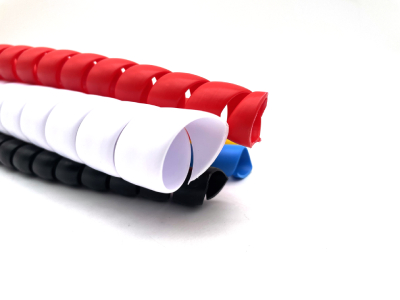júl . 09, 2024 02:40
Back to list
Steering system high pressure line importance, maintenance, and troubleshooting tips
In modern automobiles, the high-pressure steering line plays a crucial role in ensuring smooth and efficient steering control. This component is responsible for carrying pressurized hydraulic fluid from the power steering pump to the steering gear, allowing for easier turning of the wheels.
The high-pressure steering line is typically made of durable materials such as steel or high-strength rubber, with fittings that are designed to withstand the high pressures generated by the power steering system. It is essential for the proper functioning of the power steering system, as any leaks or damage to the high-pressure line can result in a loss of power steering assistance and make it difficult to turn the steering wheel.
One of the common issues that can arise with the high-pressure steering line is leaks. These can be caused by a variety of factors, such as wear and tear over time, corrosion, or damage from road debris. When a leak occurs, it can result in a loss of hydraulic fluid, leading to a loss of power steering assistance and making it harder to steer the vehicle. In some cases, a leaking high-pressure steering line can also lead to damage to other components of the power steering system, such as the pump or steering gear.
To prevent leaks and ensure the proper functioning of the high-pressure steering line, regular maintenance and inspections are essential. This includes checking the fittings and connections for any signs of wear or damage, as well as monitoring the fluid levels in the power steering system

high pressure steering line. If any issues are detected, it is important to address them promptly to avoid more significant problems down the line. In addition to leaks, another common issue that can affect the high-pressure steering line is blockages. These can be caused by contaminants in the hydraulic fluid, such as dirt or debris, that can clog the line and restrict the flow of fluid. When this occurs, it can result in a loss of power steering assistance and make it difficult to turn the steering wheel smoothly. To prevent blockages, it is important to use the recommended type of hydraulic fluid for the power steering system and to change it regularly according to the manufacturer's guidelines. It is also important to ensure that the high-pressure steering line is properly routed and secured to prevent kinks or bends that can impede the flow of fluid. Overall, the high-pressure steering line is a critical component of the power steering system that plays a key role in ensuring smooth and efficient steering control. By addressing issues such as leaks and blockages promptly and conducting regular maintenance, drivers can help maintain the proper functioning of this vital component and enjoy a smoother driving experience.

high pressure steering line. If any issues are detected, it is important to address them promptly to avoid more significant problems down the line. In addition to leaks, another common issue that can affect the high-pressure steering line is blockages. These can be caused by contaminants in the hydraulic fluid, such as dirt or debris, that can clog the line and restrict the flow of fluid. When this occurs, it can result in a loss of power steering assistance and make it difficult to turn the steering wheel smoothly. To prevent blockages, it is important to use the recommended type of hydraulic fluid for the power steering system and to change it regularly according to the manufacturer's guidelines. It is also important to ensure that the high-pressure steering line is properly routed and secured to prevent kinks or bends that can impede the flow of fluid. Overall, the high-pressure steering line is a critical component of the power steering system that plays a key role in ensuring smooth and efficient steering control. By addressing issues such as leaks and blockages promptly and conducting regular maintenance, drivers can help maintain the proper functioning of this vital component and enjoy a smoother driving experience.
Latest news
-
Ultimate Spiral Protection for Hoses & CablesNewsJun.26,2025
-
The Ultimate Quick-Connect Solutions for Every NeedNewsJun.26,2025
-
SAE J1401 Brake Hose: Reliable Choice for Safe BrakingNewsJun.26,2025
-
Reliable J2064 A/C Hoses for Real-World Cooling NeedsNewsJun.26,2025
-
Heavy-Duty Sewer Jetting Hoses Built to LastNewsJun.26,2025
-
Fix Power Steering Tube Leaks Fast – Durable & Affordable SolutionNewsJun.26,2025

